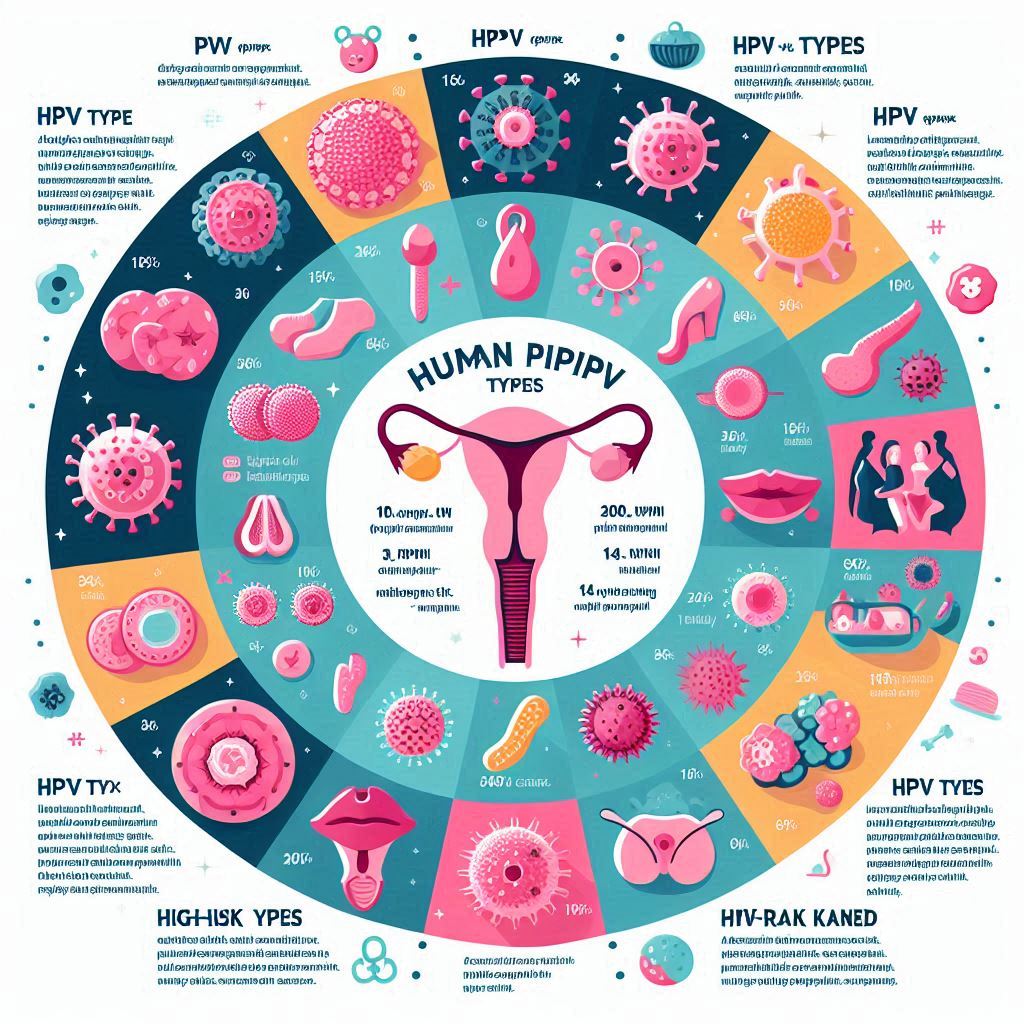Cancer is one of the most significant health challenges of our time, affecting millions of individuals and their families worldwide. With over 200 different types of cancer, the disease manifests in various forms and complexities, demanding intricate approaches to treatment. Among the arsenal of therapies available, chemotherapy remains one of the most commonly used and recognized. In this blog, we will explore the fundamentals of cancer, the role of chemotherapy in treatment, and what patients and their caregivers should understand about this crucial aspect of oncology. What is Cancer? Cancer is a group of diseases characterized by the uncontrolled growth and spread of abnormal cells in the body. These cells can invade nearby tissues and organs and may also spread to other parts of the body through the bloodstream or lymphatic system. Key Characteristics of Cancer: Uncontrolled Cell Growth: Normal cells follow a strict lifecycle, including growth, division, and programmed death (apoptosis). Cancer cells bypass these regulatory mechanisms. Invasion and Metastasis: Cancer can invade surrounding tissues and may metastasize, or spread, to distant sites. Tumor Formation: Cancers can be benign (non-cancerous) or malignant (cancerous), with malignant tumors posing significant health risks. Types of Cancer: Cancer can be broadly categorized into several types, including: Carcinomas: Cancers that arise from epithelial cells (e.g., breast, lung, and colon cancer). Sarcomas: Cancers that develop from connective tissues, such as bone, cartilage, and muscle. Leukemias: Cancers that begin in blood-forming tissues like the bone marrow and result in high numbers of abnormal blood cells. Lymphomas: Cancers of the lymphatic system. Melanomas: Cancers of the pigment-producing cells in the skin. Risk Factors Various factors can increase the risk of developing cancer, including: Genetics: Family history and genetic mutations can predispose individuals to certain cancers. Environmental Factors: Exposure to carcinogens like tobacco smoke, radiation, and certain chemicals. Lifestyle Choices: Diet, physical activity, alcohol consumption, and obesity. Infections: Certain viruses (e.g., HPV, hepatitis B and C) are linked to specific cancers. Understanding Chemotherapy Chemotherapy is one of the primary treatments for cancer, designed to kill or slow the growth of cancer cells. It works by targeting rapidly dividing cells, a characteristic of cancerous cells. How Does Chemotherapy Work? Chemotherapy can be administered in different ways: Intravenous (IV) Infusion: Directly into the bloodstream. Oral Medications: In the form of pills or capsules taken by mouth. Injections: Directly into muscles or under the skin. Chemotherapy can be used in several scenarios: Common Chemotherapy Drugs: There are several classes of chemotherapy drugs, including: Alkylating agents(e.g., cyclophosphamide)Antimetabolites (e.g., methotrexate)Natural products (e.g., paclitaxel)Anthracyclines (e.g., doxorubicin) Side Effects of Chemotherapy While chemotherapy is essential for managing cancer, it’s not without side effects, which can vary depending on the drugs used and individual patient responses. Common side effects include: Fatigue: One of the most common effects, resulting from the body’s response to treatment. Nausea and Vomiting: Often managed with anti-nausea medications. Hair Loss: A result of chemotherapy targeting fast-growing cells, including those in hair follicles. Increased Risk of Infection: Due to a reduction in white blood cell count.Mouth Sores: Caused by the impact on the lining of the mouth. Managing Side Effects: Many patients find effective ways to manage the side effects of chemotherapy: Nutrition: Maintaining a balanced diet tailored to individual tolerances can help support the body.Hydration: Staying well-hydrated to combat fatigue and nausea.Rest: Allowing sufficient time for the body to recover is critical.Support Systems: Engaging with healthcare teams, mental health professionals, and support groups can help navigate emotional and psychological challenges. Alternative and Complementary Therapies: Many cancer patients explore complementary therapies alongside conventional treatments like chemotherapy. These may include: Acupuncture: Can alleviate nausea and pain.Yoga and Meditation: May help reduce stress and improve overall well-being.Herbal Supplements: Some patients consider these, but it’s essential to discuss any supplements with a healthcare provider to avoid interactions with chemotherapy drugs. Conclusion Cancer and its treatment through chemotherapy can be daunting, but understanding the disease and the therapy can empower patients and their families. Education about cancer allows individuals to be active participants in their treatment plans, enhancing their support systems and quality of life. Remember, every cancer journey is unique, and it’s crucial to work closely with a healthcare team to navigate the intricacies of this challenging disease. For those affected by cancer, whether directly or indirectly, knowledge is power. Through awareness and understanding, we can confront the challenges of cancer together. Thank you for reading. Please do some comments.

